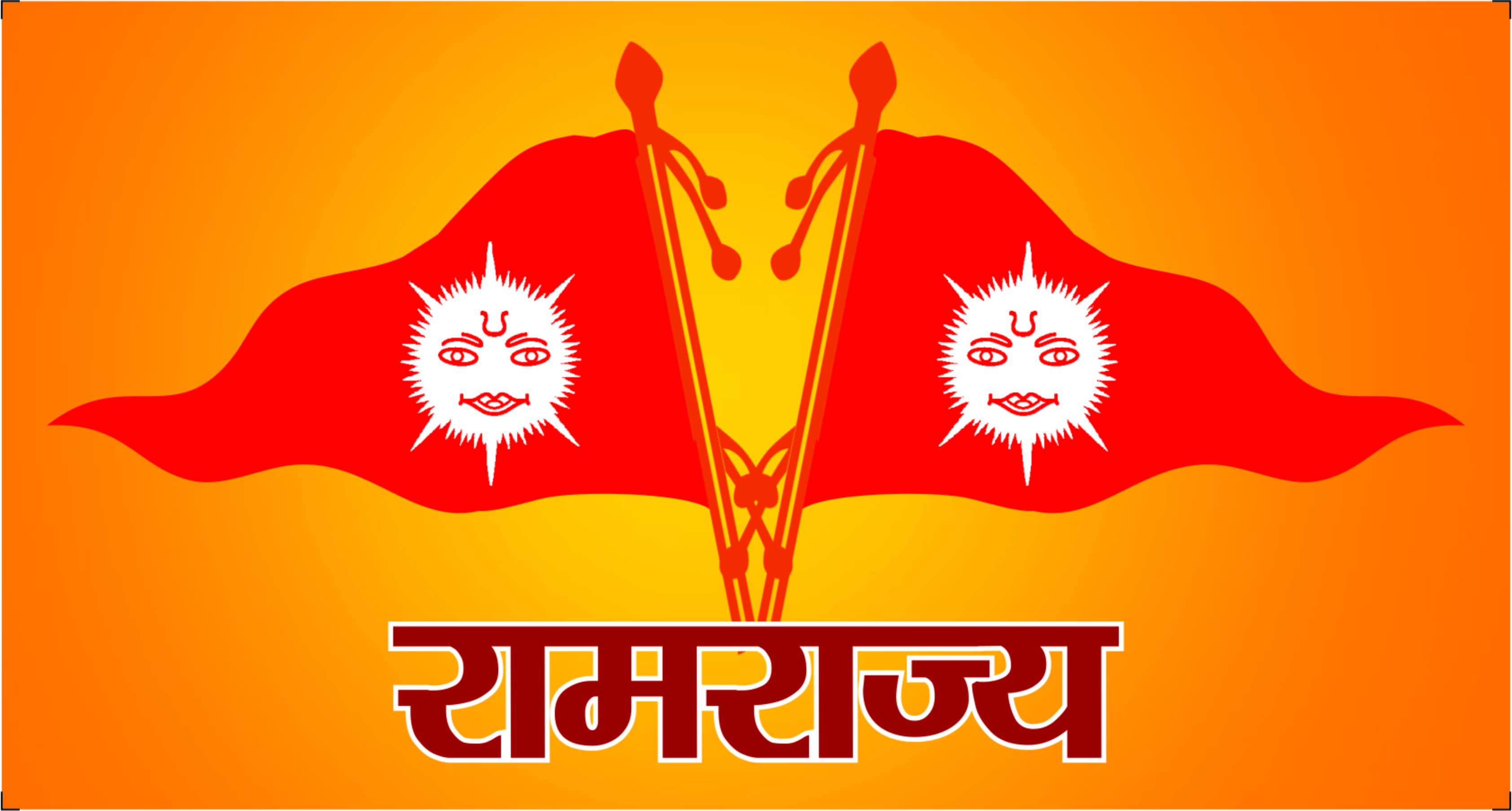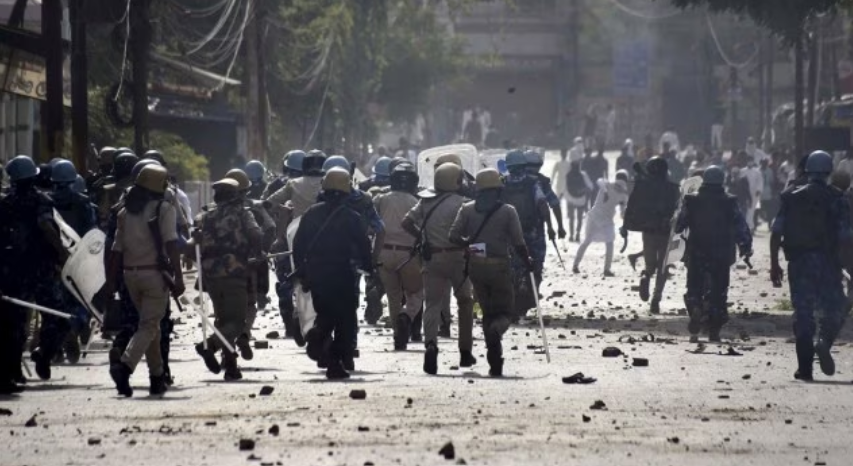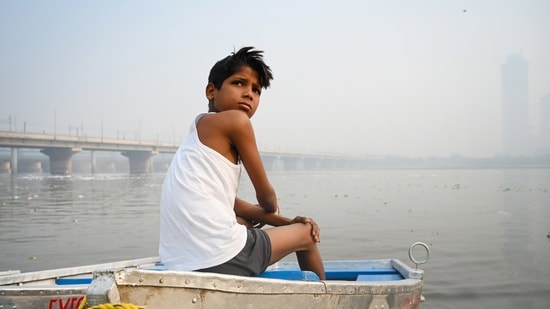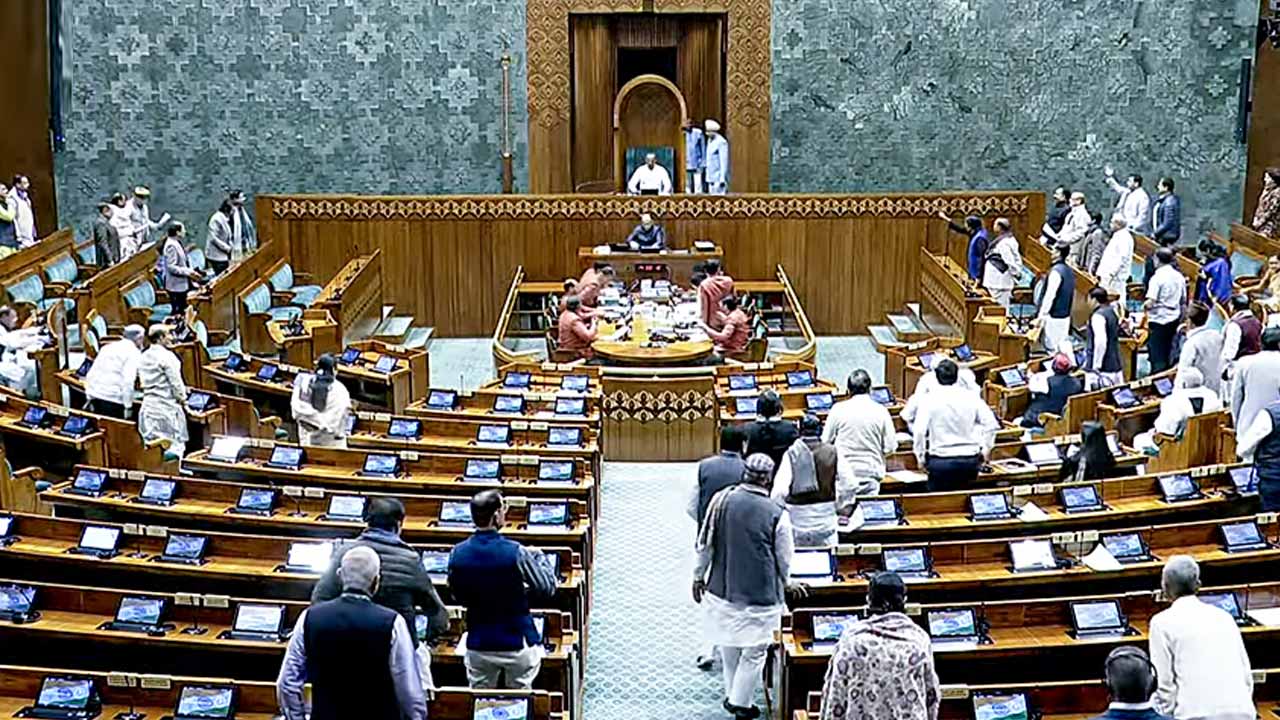Three people were killed in Uttar Pradesh’s Sambhal district on Sunday, November 24, as violence broke out during a survey of the Shahi Jama Masjid in Chandausi town. The violence included stone-pelting and vehicle burnings, triggered by a local court’s order to conduct a second survey of the mosque. This survey was sparked by a petition claiming that a temple had been demolished to build the mosque in 1526.
What is the controversy surrounding the Shahi Jama Masjid?
The Shahi Jama Masjid is a protected monument under the Ancient Monuments Preservation Act of 1904, notified in 1920. The mosque is listed as a nationally important monument by the Archaeological Survey of India (ASI).
However, the recent petition filed in the Sambhal court has reignited tensions. It alleges that the Shri Hari Har Temple, dedicated to Lord Kalki, was forcibly replaced by the mosque in the 16th century. The petition claims that Babar, the Mughal emperor, destroyed several Hindu temples, including the Shri Hari Har Temple, to establish Muslim dominance.
Who are the petitioners and what do they claim?
The case was filed by eight petitioners, including notable figures like Hari Shankar Jain, an advocate involved in the Gyanvapi mosque case, and Mahant Rishiraj Giri, head of the Kalki Devi Temple in Sambhal. The petition argues that the Jama Masjid stands on land once occupied by the Shri Hari Har Temple, a historically significant Hindu site mentioned in Hindu scriptures.
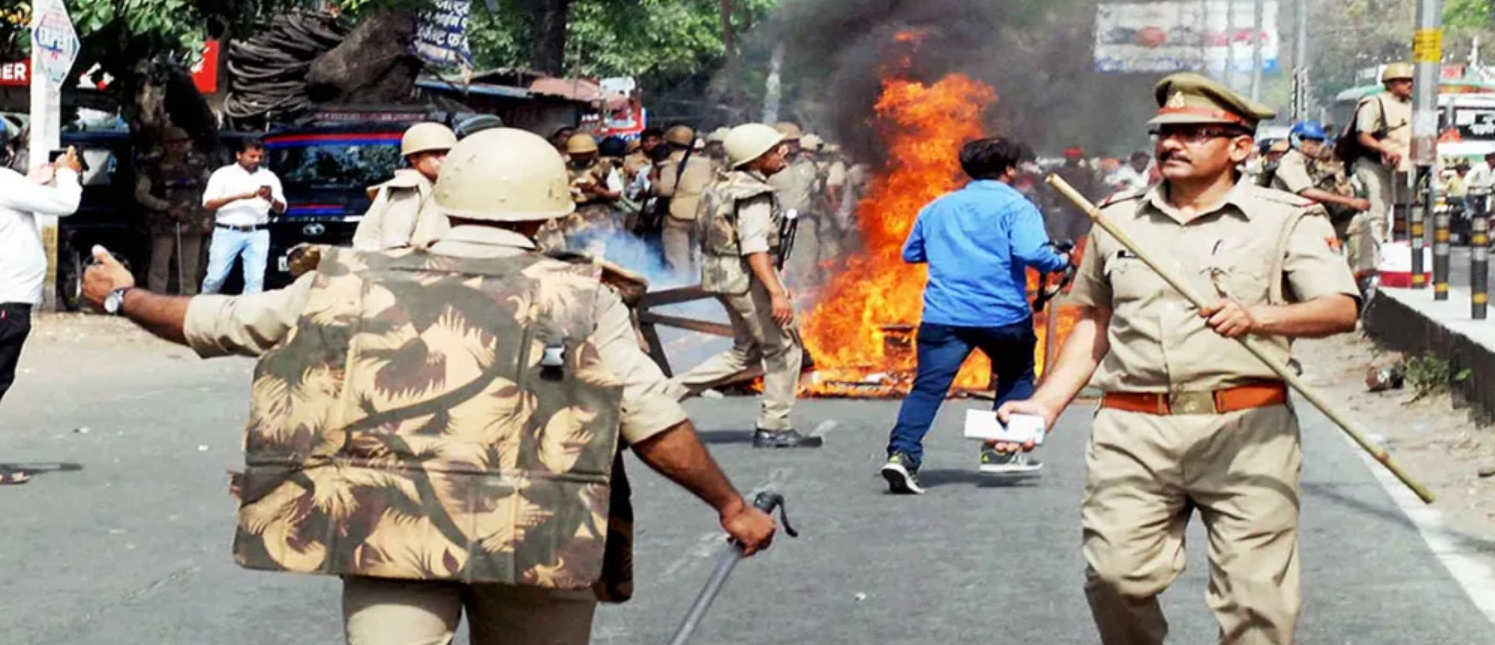
The petitioners claim that the Jama Masjid was built on the site after the temple was demolished during Babar’s reign. They demand that the public be granted access to the Shri Hari Har Temple, which they claim was unlawfully converted into a mosque.
What have the petitioners requested from the court?
The petitioners have asked the court to allow public access to the Shri Hari Har Temple, currently part of the Jama Masjid. They seek an order that would require the mosque committee and the ASI to grant public entry to the site, which they argue has historical significance for Hindus.
They also requested a permanent injunction to prevent any obstruction to public access to the mosque.
The Muslim side’s reaction
The Muslim community has strongly opposed the petition. Ziaur Rehman Barq, a Samajwadi Party MP from Sambhal, criticized the move, saying it was an attempt by “outsiders” to disrupt communal harmony. Barq pointed out that, under the Worship Act of 1991, religious sites that existed in 1947 should remain as they are. He emphasized that the Jama Masjid has been a place of worship for Muslims for centuries, and any attempt to alter its status was not acceptable. The Muslim community has the right to appeal the local court’s decision in the High Court.
What has triggered the violence?
Tensions flared when the survey team arrived in Chandausi to investigate the mosque’s history. Stone-pelting and vehicle burnings ensued, leading to the deaths of three people. The situation escalated rapidly, as the survey became a flashpoint for communal unrest in the region.
The violence underscores the sensitivity of the issue, with both religious communities deeply invested in the historical and political implications of the survey. The situation is still unfolding, and the court’s ruling on the petition will likely have a major impact on the ongoing controversy.
Key Points:
- Violence erupts in Sambhal during the survey of Shahi Jama Masjid.
- The petition claims the mosque was built over the Shri Hari Har Temple.
- The court survey follows claims that Babar’s forces demolished the temple in 1526.
- Muslim community defends the Jama Masjid as a historical site for prayers.
- The situation remains tense, with more court hearings expected.
